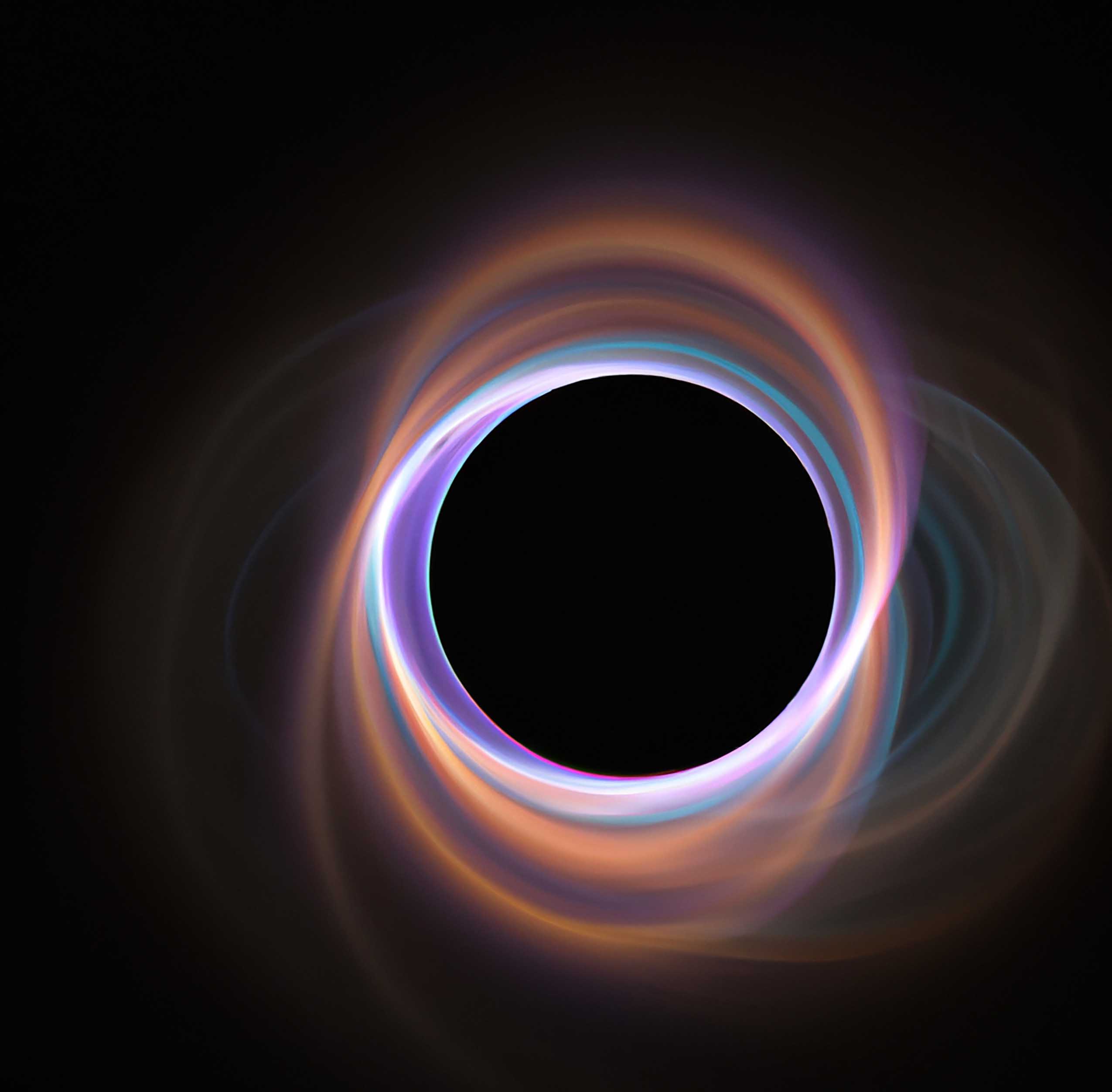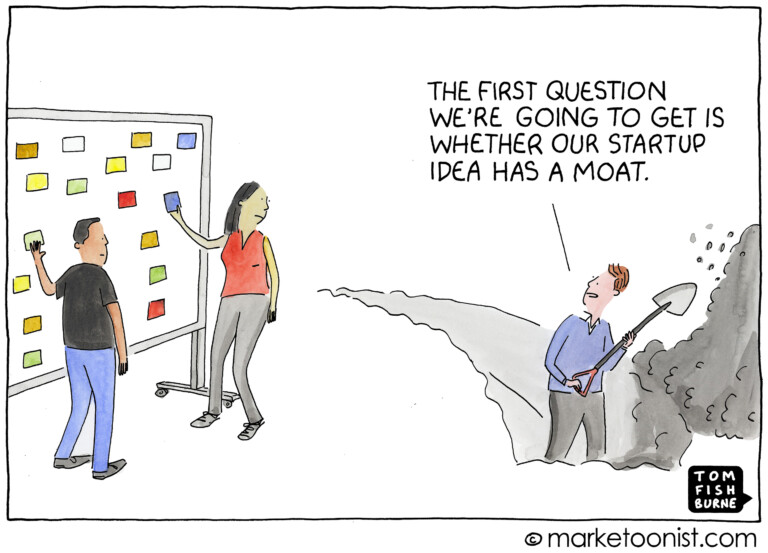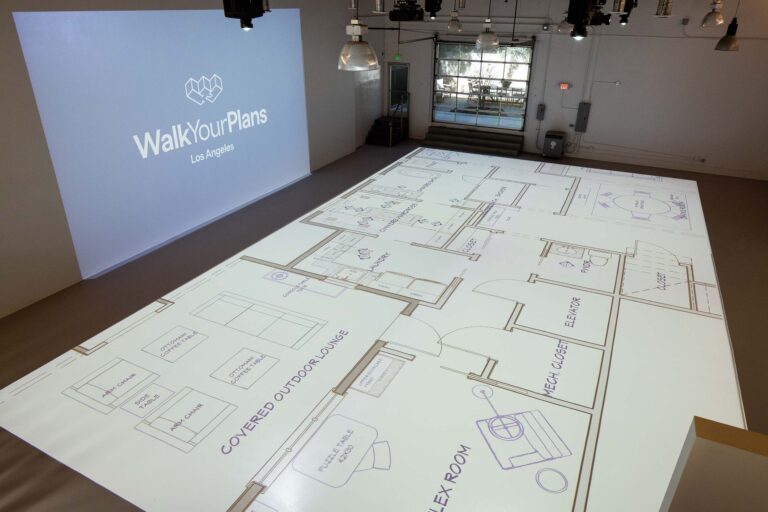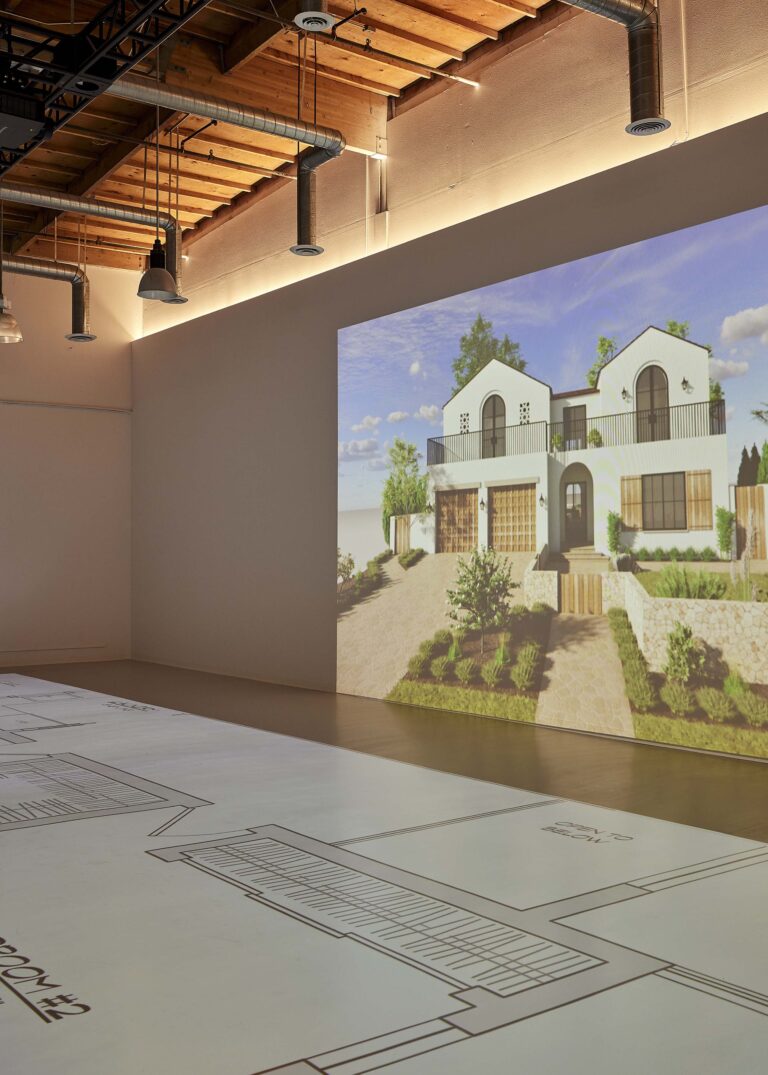Oversaturation: The Per Capita Advertising Conundrum
According to Statista, in 2021, per capita advertising in the United States stood at $920.84 U.S. dollars – an increase of more than 25 percent compared to the value of $731.67 reported in 2020.
For additional comparison, the per capita advertising in the United States in 2015 was $567.00 – which means that marketers are spending 62.4 percent MORE advertising to each person in the U.S. in just the last six years alone.
For those unfamiliar with the term, “per capita” is a way of averaging the value of something on a per-person basis to better understand how each individual shares in the total or aggregate number.
With more and more money being spent on advertising to reach people and more and more media and communication channels to deliver the messages – when will we reach the tipping point?
I Daresay we already have.
The digitally connected ecosystem we live in today has created a gravitational-like singularity, with an endless supply of content, media, and messaging that is imploding the advertising system from within.
It’s the lethal combination of speed, velocity, and the ever-growing mass of communication that advertisers must contend with in their attempts to be seen and heard in the massively oversaturated marketplace.
The ever-increasing per capita advertising doesn’t solve the problem – it only makes it worse.
And with the A.I. arms race in high gear – singularity across multiple fronts appears to be around the corner.
The battle for the consumers’ mind has entered a new phase, one which we are not prepared.
With the demand for consumer attention and engagement so fierce, advertisers have been forced to get “creative.”
Unfortunately, this amplified pressure to stand out has created some of the worst advertising the world has ever seen.
With every agency go-roo tripping over themselves to steal the attention of the day – marketing has become a true race to the bottom.
You’ve heard the saying, “Perception is reality,” right?
Well, today we may be living the opposite – “Reality is perception!”
Because the normal limits of human perception have been stretched beyond capacity thereby losing its original dimension.
Heavy stuff, I know 🙂.
As a perpetual student of marketing/advertising, I’m engrossed by the surrealism of it all.
And as an entrepreneur in the media/marketing/advertising world – I’m hell-bent to try and figure this all out.
For me – it makes the ‘ole adage “less is more” much more relevant and important than ever.
What the world needs now is oversimplification.
Just like the way children perceive and understand the world around them.
Simple questions for complicated problems might be how we best navigate the future.
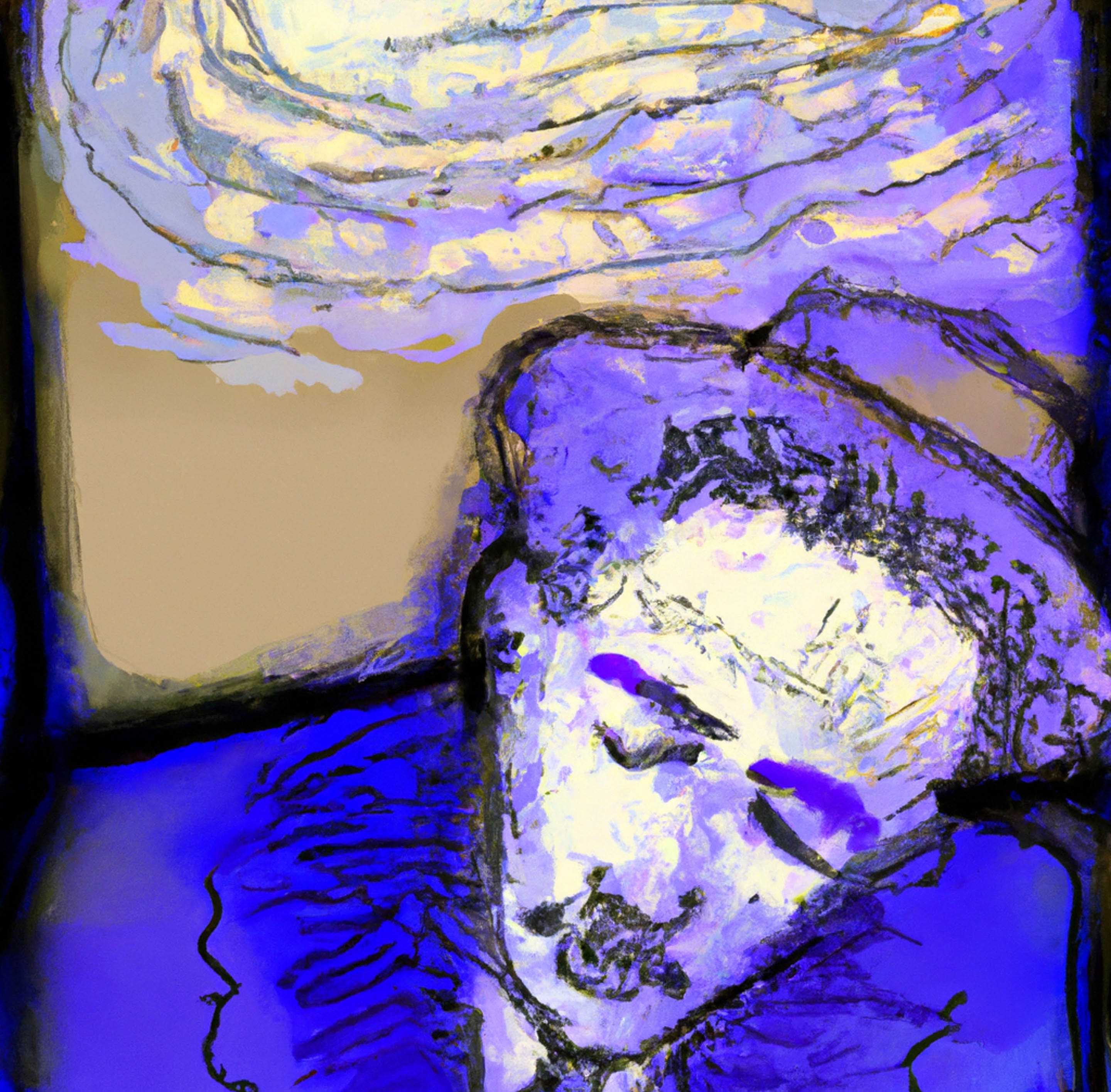
Where Have All the Poets Gone?
Speaking about creativity – where have all the poets gone?
A question that has been on my mind of late.
To resolve and expand my perception on such important matters – I asked my new digital friend ChatGPT and here is the response, (verbatim!)
Where have all the poets gone?
Their words once danced, now withdrawn,
From ancient scrolls to modern verse,
Their voices echoed, diverse.
But fret not, for they’re not lost,
In every heart, a poet’s host,
Their musings still find a place,
In whispered thoughts and dreamy space.
Some dwell among the city lights,
Penning tales of urban nights,
While others seek the natural throng,
Composing odes to rivers strong.
The internet, a vast expanse,
Where poets share their thoughts askance,
Through blogs and social media’s flow,
Their versus in abundance grow.
In hidden corners, they persist,
With pen and paper, they insist,
On crafting lines that touch the soul,
And make our broken spirits whole.
So fear not, for they still abound,
In every city, country, town,
The poets live, their art endures,
Through joy and sorry, love ensures.
Hmm. Maybe A.I. knows more than we think?
May God save the poets!
